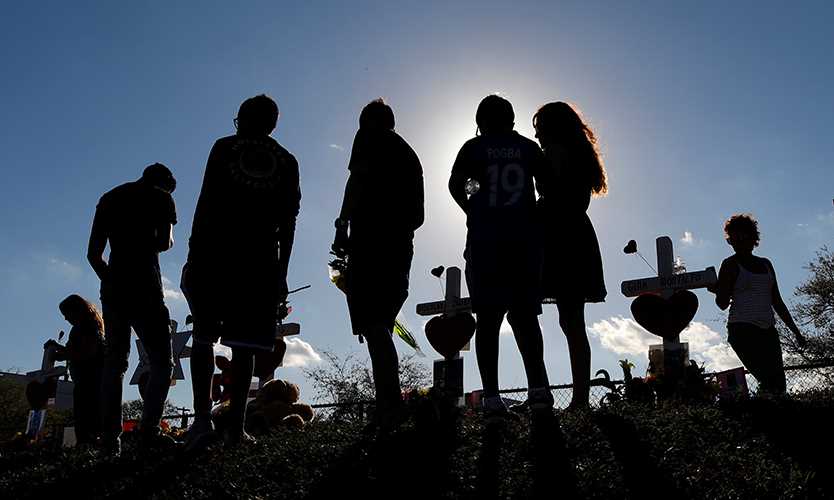Active shooter story a cautionary tale
Reprints
NEW ORLEANS — Just before 5 p.m. on Feb. 25, 2016, a painter for a manufacturer of turf equipment and large mowers in a small town some 30 miles north of Wichita, Kansas, entered the plant where he worked and began shooting.
Andrew Wray, director of environmental, health, safety, and security for Hesston, Kansas-based Excel Industries Inc., relayed what came next at a session on workplace shooters at the American Society of Safety Professionals’ Safety 2019 conference in New Orleans on Tuesday.
“That was one of the hardest things I have ever done, to pick up the radio and say ‘active shooter,’” said Mr. Wray, a trained volunteer firefighter who carried with him an emergency response radio out of habit. “While in my mind I am saying this can’t be happening … we are a happy little town, this doesn’t happen here.”
The shooting at the Excel manufacturing plant, where 400 workers had been clocked in that day, resulted in three deaths. Cedric Larry Ford, who was killed by police within five minutes of his arrival at the plant, left 14 people injured. It was estimated that he was only at the plant for five minutes but managed to chase people into two buildings, according to Mr. Wray’s account.
The lesson? It can happen anywhere and to anyone, according to Mr. Wray, whose company followed up the incident with a number of changes from disaster planning to better training, much of which is available on the U.S. Federal Bureau of Investigation and Department of Homeland Security websites, he said.
Excel, which hired outside help in its adoption of security measures, changed the way people can enter the facility—turnstiles instead of doors—and hired guards, he said.
“Before this we were just like everybody else in our neck of the woods… doors open,” he said.
As for the shooter, who had just been served a protective order by police earlier that day and estranged from his girlfriend and mother of his child, “everybody who was interviewed said that (shooter) was not capable or had any intent on harming someone in the facility,” said Mr. Wray, adding that the incident was a complete surprise.
Beefing up security wasn’t the only measure Excel took on after the shooting. The company enhanced its drug testing protocol to include hair testing after finding that a local store sold clean urine and that the shooter had been drunk and on methamphetamines at the time of the shooting, according to Mr. Wray. “If you are only testing urine you are being duped,” he said, adding that the company found that online retailers sell products that can help an intoxicated worker pass a random drug test.
Creating a plan for evacuation of the plant was another post-incident focal point, as many of those who were working that day ran home, ran into the woods nearby, or had friends and relatives pick them up.
“You can imagine the nightmare of accounting for people,” he said, adding that another measure in the plant’s disaster plan is the creation of rallying points in the event of an emergency. The company also installed a public announcement system.
Another area of concern was the workers compensation claims, he said. It wasn’t just those who were shot who suffered compensable injuries. Several escaping the scene suffered falls and broken bones, he added.
Mental injuries were another concern. The company provided on-site counseling for months following the incident, he said, adding that about 80 employees never returned to work at the plant.
“A lot of it is just our story and hoping you can take away nuggets from that,” Mr. Wray told attendees.
Getting emotional while talking about the aftermath, he said the shooting invoked a lot of human responses from those on the scene: compassion from those helping the injured get to ambulances and those helping to account for people who ran away from the scene.
“The hardest part for me was going home,” said Mr. Wray, a father of five, who said the shooting had an emotional toll. “It doesn’t matter how big and tough and burly you are, at some point you have to go home.”
Read Next
-

Insurers’ new business: ‘active shooter’ policies for US schools
(Reuters) — Insurance broker Paul Marshall can count on his phone ringing in the aftermath of a school shooting.